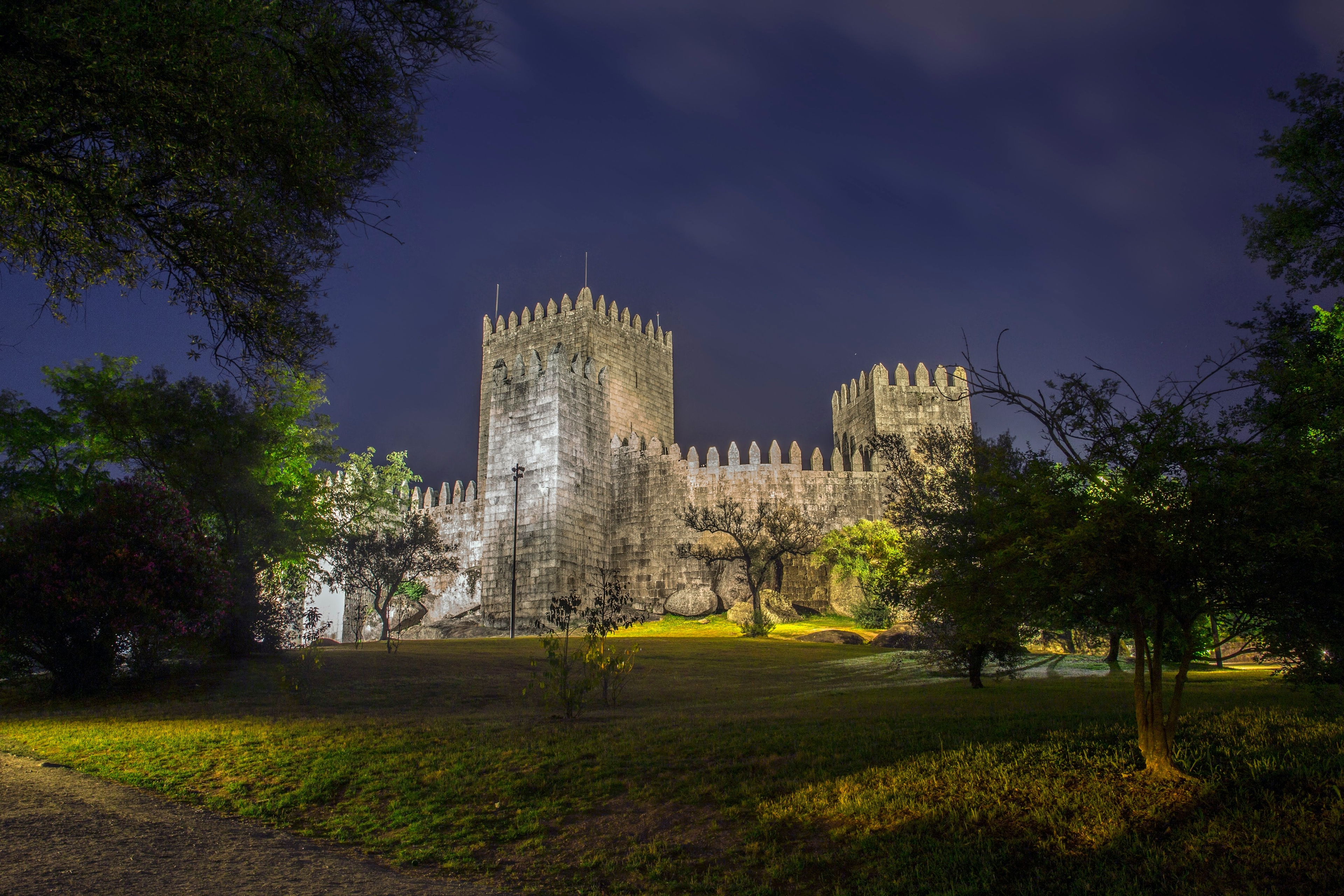
Guimarães, Cradle of Portugal
Guimarães, berço de Portugal, com castelos medievais, gastronomia típica e a famosa Festa Medieval.
In northern Portugal, nestled among green hills and picturesque valleys, lies a city steeped in history: Guimarães. Often referred to as the “cradle of Portugal,” it is renowned for its central role in the country’s founding and its exceptional medieval heritage. Guimarães attracts travellers interested in culture, gastronomy, and authentic charm.
A brief history of Guimarães
Guimarães is closely linked to the birth of Portugal in the 12th century. It is here that Dom Afonso Henriques, the first king of Portugal, was born, giving the city its symbolic nickname. The historic centre, a UNESCO World Heritage Site, preserves cobbled streets, medieval houses, and picturesque squares that reflect the city’s glorious past.
Must-see monuments in Guimarães
Guimarães Castle : a 10th-century medieval fortress perched on a hill with panoramic views of the city.
Dukes of Braganza Palace : a magnificent 15th-century palace, symbol of Portuguese aristocracy, now a museum.
Church of São Miguel do Castelo : a small Romanesque church, the presumed baptism site of Dom Afonso Henriques.
Wandering through the historic centre quickly reveals why Guimarães is considered the birthplace of Portugal.

©luis-castro-unsplash
What to see and do in Guimarães
Historic Centre & Largo da Oliveira : the lively heart of the city, where cafés and local shops sit alongside historic buildings.
Penha Park : located on the hills (accessible by funicular or on foot), offering panoramic views and a natural space perfect for a relaxing walk.
Alberto Sampaio Museum : explore sacred art and historical objects related to Portugal’s foundation.
Cultural events : Guimarães is a culturally vibrant city, hosting concerts and festivals throughout the year.
Guimarães Medieval Festival
A special highlight is the Guimarães Medieval Festival, usually held in August. During this event, the historic centre transforms into an authentic medieval market, featuring historical reenactments, craftsmen, music, and traditional dances. It is a unique experience for the whole family, allowing visitors to experience the city as it was in the Middle Ages while sampling typical Minho dishes in an authentic and festive atmosphere.
Gastronomy and recommended restaurants
Restaurante Histórico by Papaboa (Largo da Oliveira, 6) : traditional Portuguese cuisine in a historic setting. Try the veal stew or local-style codfish.
A Cozinha by António Loureiro (Rua de Santa Maria, 248) : contemporary gastronomy experience using local produce.
Cantinho dos Sabores (Rua de Santo António, 45) : simple yet flavoursome dishes typical of northern Portugal.
Café Vianna (Praça de Santiago, 5) : an iconic café, perfect for breakfast or a traditional pastry break.
Local specialties not to miss
Toucinho do Céu : a sweet dessert made with almonds and eggs.
Rojões à moda do Minho : fried pork pieces served with vegetables or potatoes.
Vinho Verde : the famous northern Portuguese white wine.
Practical information for visiting Guimarães
How to get there : easily accessible from Porto (about 45 minutes by car or train).
Getting around : the historic centre is best explored on foot; a car is useful for surrounding areas.
Best time to visit : spring and autumn offer pleasant weather and fewer tourists. Summer is lively with festivals and cultural events.
Accommodation : historic hotels, pousadas, and charming guesthouses in the city centre provide an authentic stay.
Between culture, gastronomy and authenticity
Guimarães is a city where history comes alive around every corner. From medieval castles to local markets, green panoramas to traditional Minho dishes, the city captivates with its cultural heritage and hospitality. The Guimarães Medieval Festival enriches the cultural experience, letting visitors relive the Middle Ages in a playful and engaging way. Whether passionate about history, gastronomy, or authentic charm, Guimarães is an essential stop in northern Portugal !
Share this article
Suggested articles
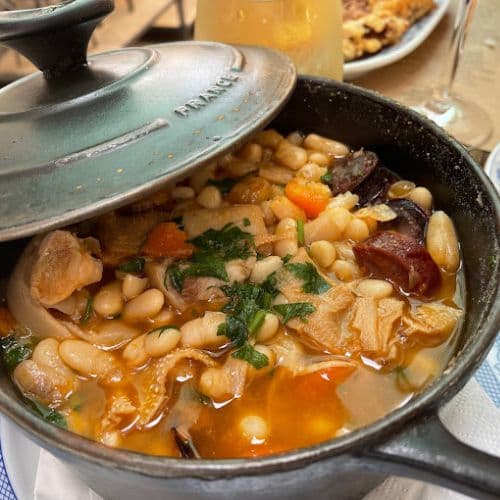
Gastronomy of Northern Portugal, Between Tripe, Stews and Tradition
Northern Portugal is a region where gastronomy tells the story of a people proud of their roots and traditions. From slow-cooked tripe to hearty stews (it might sound unusual, but it’s absolutely delicious !), each dish invites you to explore a rich and warm culture. Prepare for a culinary journey through Minho, Douro and Trás-os-Montes !

Hiking in Peneda-Gerês National Park
Nestled between the mountains of the Serra da Peneda and Serra do Gerês lies Peneda-Gerês National Park, the only national park in northern Portugal! Recognised as a UNESCO Biosphere Reserve, it represents a model of nature conservation combined with sustainable development.
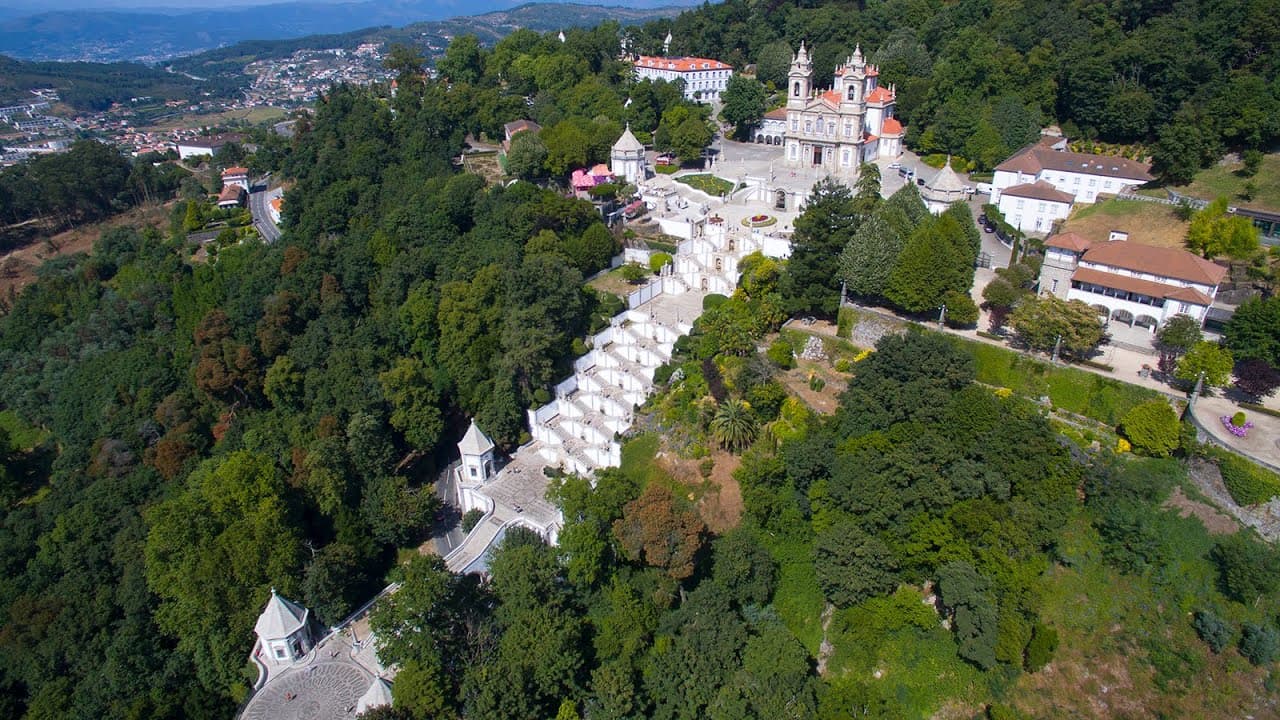
Sanctuary of Bom Jesus do Monte
Perched high above Braga, in the parish of Tenões, the Sanctuary of Bom Jesus do Monte is a place where devotion, spectacular architecture, and breathtaking views come together! This iconic site of northern Portugal has been recognised as a UNESCO World Heritage site since 2019. We’ll guide you through all the practical details, local anecdotes, and insider tips to make the most of your visit.
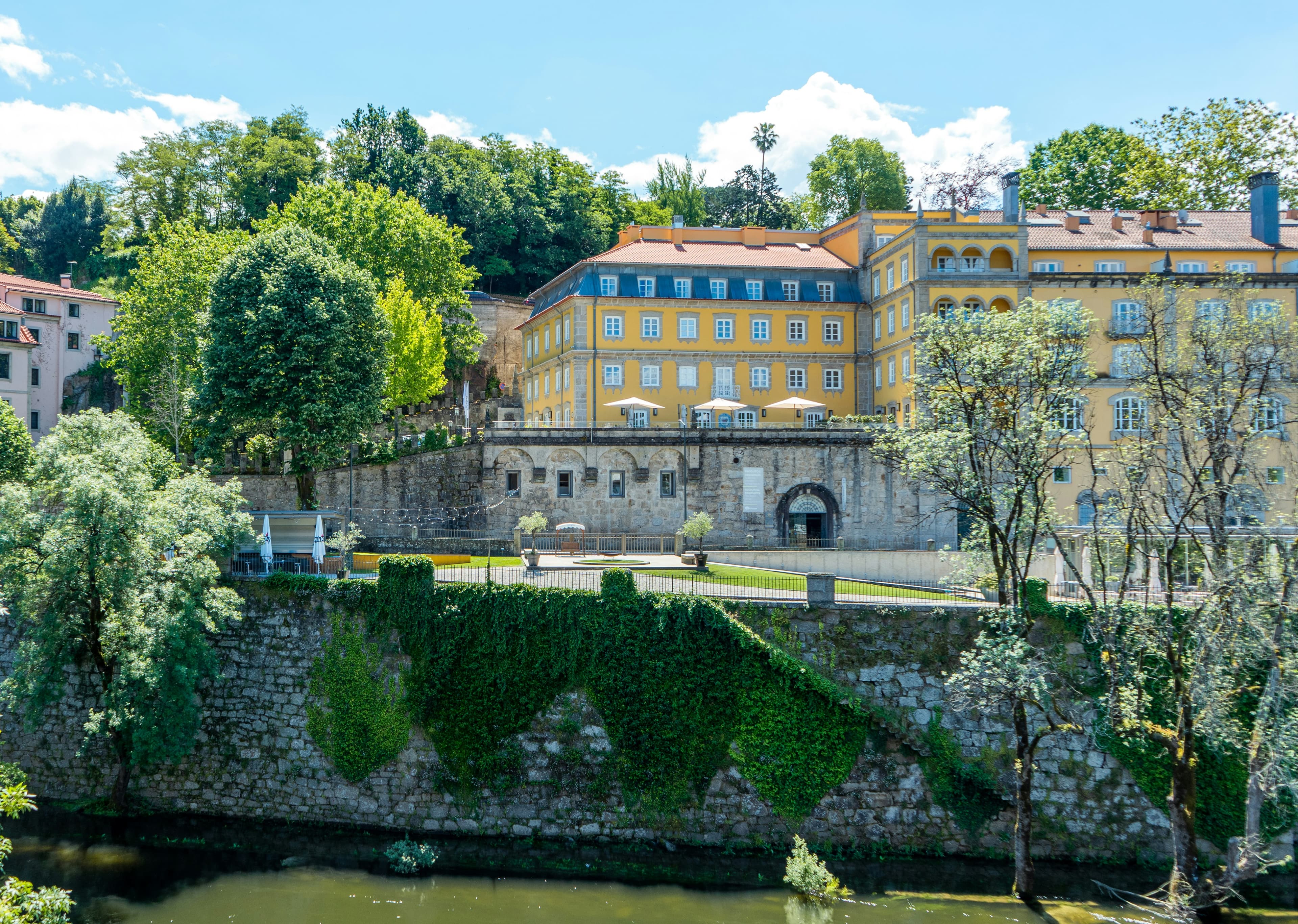
Amarante, the discreet charm of Northern Portugal
Amarante is a picturesque town nestled in the heart of the Minho region, between the lush hills of the Serra do Marão and the peaceful banks of the Tâmega River. It captivates visitors with its authenticity, rich history, and relaxed way of life. Just 56 km from Porto, it offers an ideal escape for those seeking to step off the beaten path while staying close to major cities.
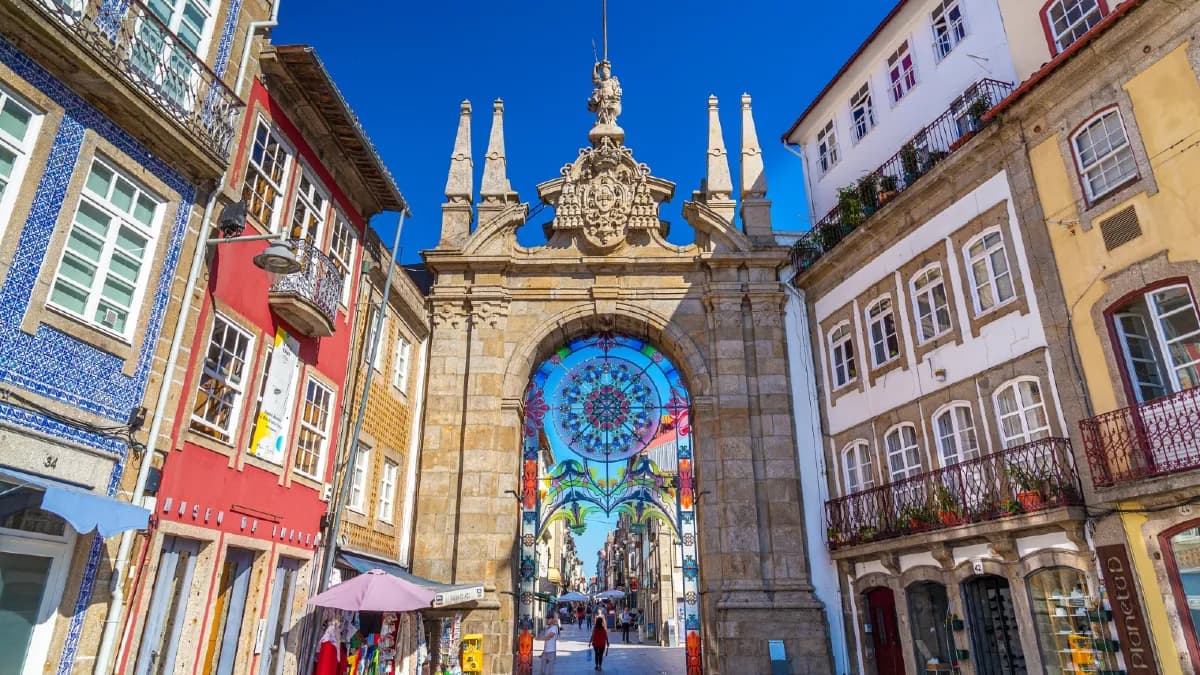
Braga, City of Archbishops
In the heart of the Minho region, nestled between green hills and cobbled streets, lies Braga, a city where history and modernity meet harmoniously. Indeed, nicknamed the “Rome of Portugal”, Braga is the seat of the Portuguese Catholic Church and one of the oldest cities in the country! It is also a European Capital of Culture, a title highlighting its exceptional cultural dynamism.
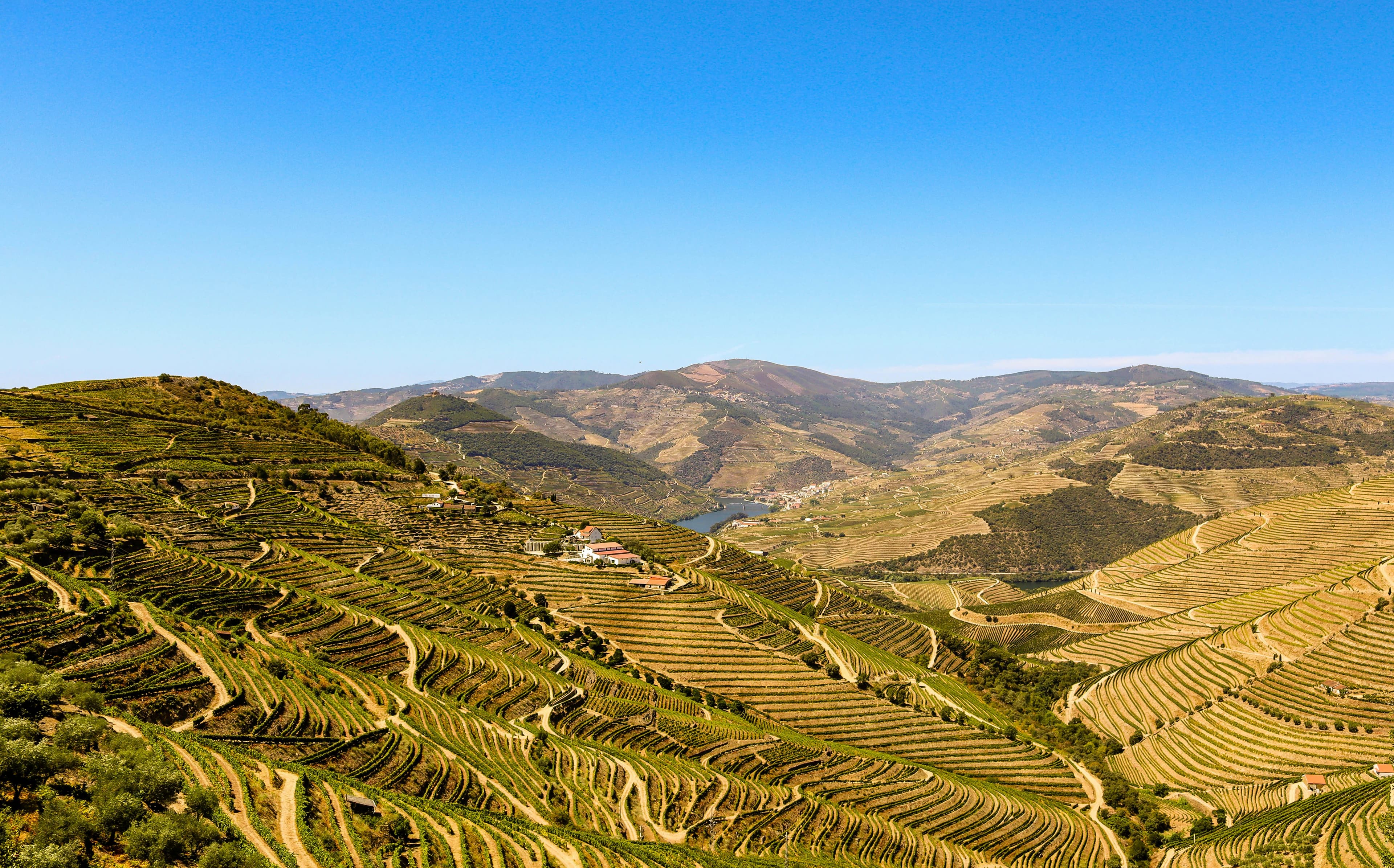
Douro Valley, UNESCO-listed Landscapes
In northern Portugal, between rolling hills, terraced vineyards, and picturesque villages, stretches the famous and majestic Douro Valley! Listed as a UNESCO World Heritage Site since 2001, this region is far more than a postcard-perfect setting: it is a true sensory journey, combining history, gastronomy, culture, and landscapes of exceptional beauty…


